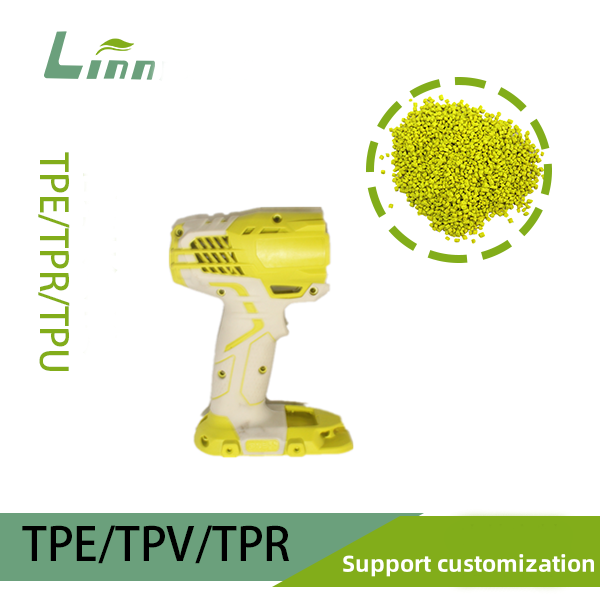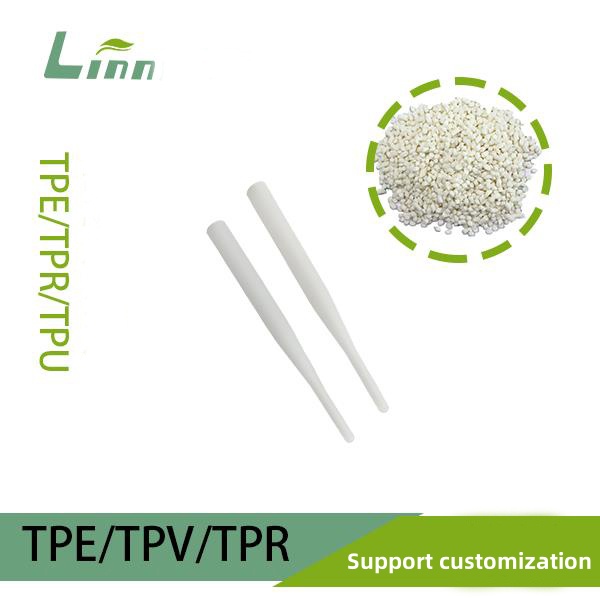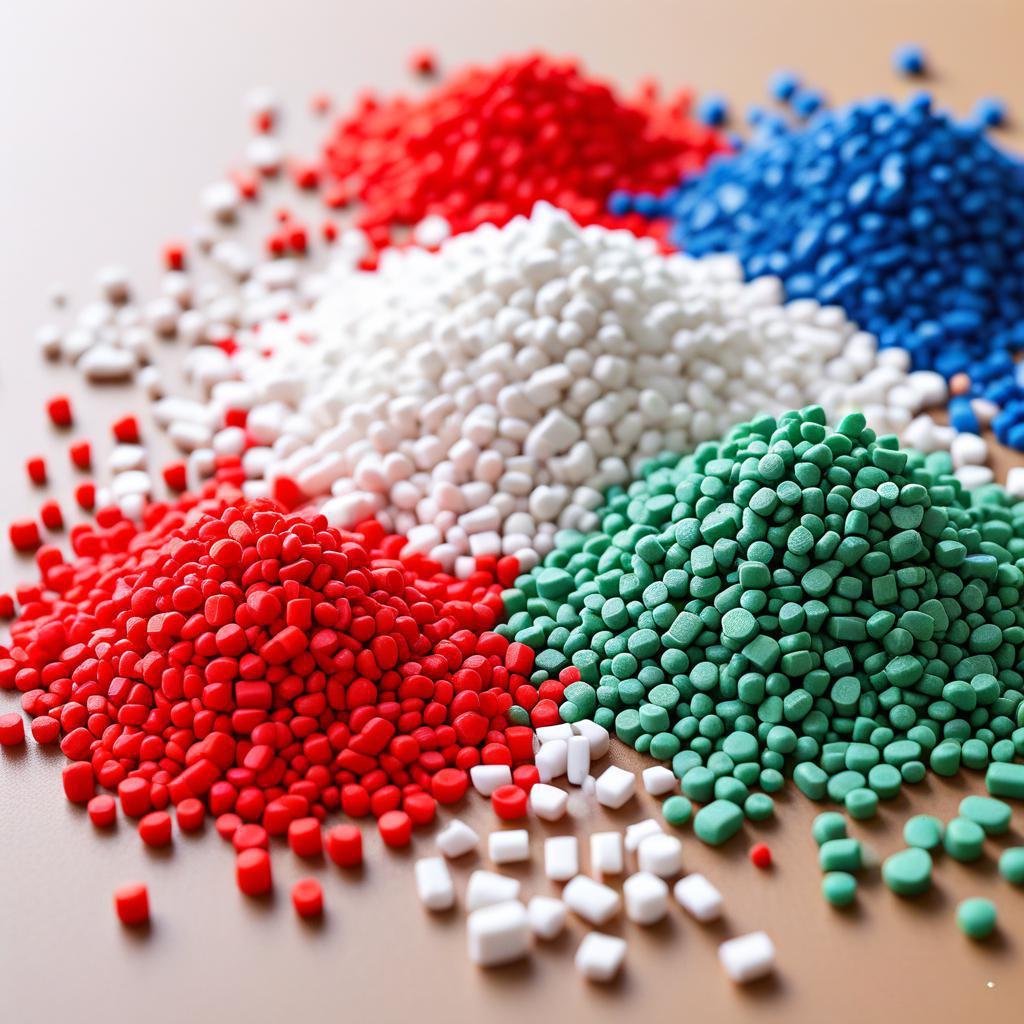Hey, folks! I’m a veteran in the materials industry, having spent over a decade working with all sorts of cutting-edge stuff, especially TPE (Thermoplastic Elastomer)—it’s kind of my specialty. Lately, I’ve been seeing a ton of questions pop up on Reddit and other forums like, “What’s TPE transparent material?” “What’s it good for?” “How’s it different from regular plastic?” Today, I’m stepping into my industry expert shoes to break down the truth about TPE transparent material—its makeup, properties, and where it’s making waves across the U.S. and beyond. My goal? To give you a clear picture so you’re not left scratching your head.

What Exactly is TPE Transparent Material?
Let’s start by figuring out what TPE transparent material is all about. TPE stands for Thermoplastic Elastomer, a fancy way of saying it’s a hybrid that blends the best of plastic and rubber. The “transparent” part refers to a special version of TPE tweaked with a unique formula to achieve glass-like clarity while keeping that soft, stretchy vibe. I remember showing a sample to a client at a trade show once—they were blown away, saying, “This looks like glass but bends like crazy, so cool!”
On the technical side, TPE transparent material is typically built around SEBS (styrene-ethylene-butylene-styrene copolymer), mixed with plasticizers and some additives. Manufacturers tweak the recipe depending on what it’s for—some boost durability, others max out transparency. I dug into a ScienceDirect study that explains how TPE’s molecular structure gives it both flexibility and strength, which is why it’s so versatile. In the U.S., most TPE transparent materials meet FDA food-contact standards, meaning they’re non-toxic and free of nasty stuff like the chlorides you find in PVC. That’s a big deal for peace of mind.

What Makes TPE Transparent Material Stand Out?
Having worked with countless materials, I can tell you TPE transparent material has some serious game. It’s not brittle like traditional hard plastics or clunky like rubber—it’s in a league of its own. Here’s a rundown of its standout traits:
Crystal-Clear Transparency: Some versions hit over 90% light transmission, rivaling glass but way lighter.
Soft Yet Springy: You can adjust its hardness from jelly-soft to medium-firm. I’ve seen clients make stuff that bounces back after a good squeeze.
Built to Last: It handles heat, cold, and UV rays like a champ—I’ve tested high-quality samples that stay pristine outdoors for years.
Easy to Work With: Injection molding, extrusion, blow molding—you name it, TPE does it. Plus, scraps can be recycled, which factory folks love.
Eco-Friendly: No halogens, no toxic fumes, and it meets U.S. and EU RoHS standards. It’s a win for safety.
Sure, it’s not perfect—strength-wise, it can’t compete with metal, and some cheap versions might not hold up against harsh chemicals. But in my book, its bang-for-buck value is top-tier.

Where Does TPE Transparent Material Shine?
Now that we’ve covered what it is and why it’s cool, let’s talk about where TPE transparent material shows up. I’ve toured factories and trade shows across the U.S., and this stuff is everywhere—from grocery store shelves to operating rooms. Here are some industries where it’s killing it, with a few real-world examples.
1. Consumer Goods
In the U.S., TPE transparent material is a go-to for everyday stuff. Take sealed containers in your kitchen—those clear, snug-fitting lid gaskets are often TPE, keeping water and oil locked in tight. I’ve got a client in the cosmetics game who uses it for droppers and bottle caps—customers rave about the premium feel. Baby products like pacifiers and teethers lean on TPE too, thanks to its non-toxic, soft nature that moms trust.
2. Medical Devices
The medical field is picky about materials, but TPE transparent material holds its own. I visited a factory making IV tubing—they love TPE because it’s free of PVC and phthalates, and its clarity lets nurses see fluid flow at a glance. Think respiratory masks, catheters, even disposable surgical drapes—TPE nails it. The U.S. FDA has a material safety guide that backs TPE’s use in healthcare, which says a lot.

3. Electronics
Americans dig transparent tech vibes, and TPE transparent material fits right in. A client of mine whipped up a phone case for a big brand using TPE—it’s drop-proof and fingerprint-free, flying off shelves. You’ll see it in earbud cords, charger sleeves, and smartwatch bands too. Its light-passing, wear-resistant combo makes it perfect for gear that’s both functional and stylish.
4. Sports & Outdoor Gear
Outdoor activities are huge in the U.S., and TPE transparent material tags along. I’ve checked out CamelBak-style water bladders made with TPE—lightweight, easy to see water levels, and bacteria-resistant. Dive mask seals and swim cap edges use it for waterproof comfort. I’ve got a TPE water bottle myself—two years in, it still looks brand new.
5. Automotive
The U.S. auto industry’s tapping into TPE transparent material too. I toured a parts plant where they use it for dashboard covers and interior trim seals—it shrugs off heat and cuts cabin noise for a smoother ride. Electric vehicles like Teslas love its lightweight, green edge.

6. Toys & Stationery
My kid’s got a stress ball made of transparent TPE—soft, safe, and a hit at the toy store. It pops up in clear pen caps and erasers too, blending utility with a sleek look. A client doing kids’ toys told me TPE’s transparency hooks young buyers, boosting sales big time.
Here’s a quick table to tie it all together:
| Industry | Typical Uses | Why TPE Transparent Rocks |
|---|---|---|
| Consumer Goods | Lid seals, droppers, pacifiers | Non-toxic, soft, looks sharp |
| Medical Devices | IV tubes, catheters, masks | Bio-safe, clear, tough |
| Electronics | Phone cases, cords, bands | Drop-proof, durable, light-friendly |
| Sports & Outdoor | Water bladders, mask seals | Light, anti-bacterial, cold-resistant |
| Automotive | Dash covers, trim seals | Heatproof, noise-dampening, eco |
| Toys & Stationery | Stress balls, pen caps | Safe, bouncy, eye-catching |
Tips for Picking and Using TPE Transparent Material
With all this in mind, I want to share some hands-on advice—stuff I’ve learned from years in the field. I’ve noticed folks in the U.S. sometimes think TPE is just another plastic or grab the cheapest option and regret it. Here’s how to avoid those traps.
When buying, check for FDA certification or REACH compliance, especially for food or medical use—safety’s non-negotiable. Match transparency and durability to your needs—outdoor gear needs UV resistance to stay clear. Don’t skimp; low-end TPE might have shady plasticizers that turn sticky or smell funky over time—I’ve seen clients learn that the hard way.
For upkeep, TPE’s low-maintenance. Wash it with warm water and mild soap—skip the harsh acids or bases that could scratch it up. For electronics, keep it out of constant sun to stretch its lifespan.

Q&A: Your Burning Questions Answered
I’ve rounded up some questions I see U.S. folks asking online or in person, with answers straight from my experience.
TPE transparent material vs. silicone—which wins?
Depends on the job. TPE’s cheaper, easier to mold, and plenty clear and stretchy. Silicone takes heat better but costs more and feels stiffer. For everyday stuff, I’d pick TPE for the value.
Does TPE transparent material yellow over time?
Not the good stuff. I’ve tested UV-treated TPE that holds up outdoors for 3-5 years, no fade. Cheap versions might yellow under sun, so stick to trusted brands.
Is TPE transparent material pricey?
Not really—it’s less than silicone, a bit more than basic plastic. U.S. prices hover around $2,000-$4,000 per ton, depending on specs and volume.
How do I know it’s TPE transparent material?
Feel it—clear, soft, and springy is the TPE vibe. Hard plastics and PVC don’t flex like that. Check the label or ask for a sample to be sure.

There you have it—everything I’ve picked up about TPE transparent material, from what it’s made of to where it’s popping up across the U.S. As someone who’s been knee-deep in this industry, I can say it’s a gem—practical, green, and ready to tackle big jobs. Whether you’re shopping for gear or dreaming up a new product, I hope this gives you a solid starting point. Got more questions? Drop them below—I’ll do my best to shed light based on what I’ve seen and done!
